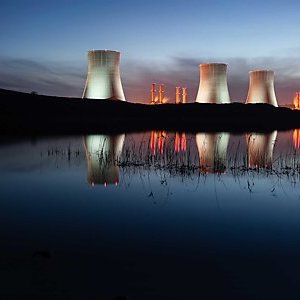Building a sustainable path to ESG reporting
The drive towards a more sustainable future has propelled ESG considerations – or environment, social and governance in its full form – to the forefront of Board meetings in companies worldwide.
Nuclear energy offers a high-density power solution with low greenhouse gas emissions. Standards in this sector ensure the highest levels of safety, radiation protection, and operational efficiency. ISO standards support the safe expansion of nuclear technology, addressing public health concerns and enhancing the performance of nuclear facilities.
The drive towards a more sustainable future has propelled ESG considerations – or environment, social and governance in its full form – to the forefront of Board meetings in companies worldwide.

on
Improving safety is a key objective of most industries and boosting the quality of the products and services that contribute to safety is necessary to achieve it. The nuclear sector is set to benefit with a new ISO standard that does just that.

on
Some things are hard to predict. And others are unlikely. In business, as in life, both can happen at the same time, catching us off guard. The consequences can cause major disruption, which makes proper planning, through business continuity management, an essential tool for businesses that want to go the distance.